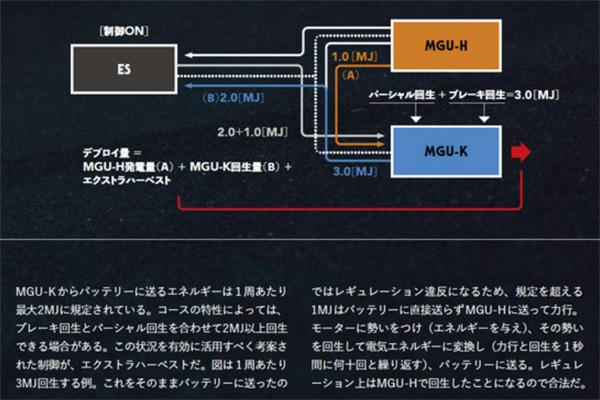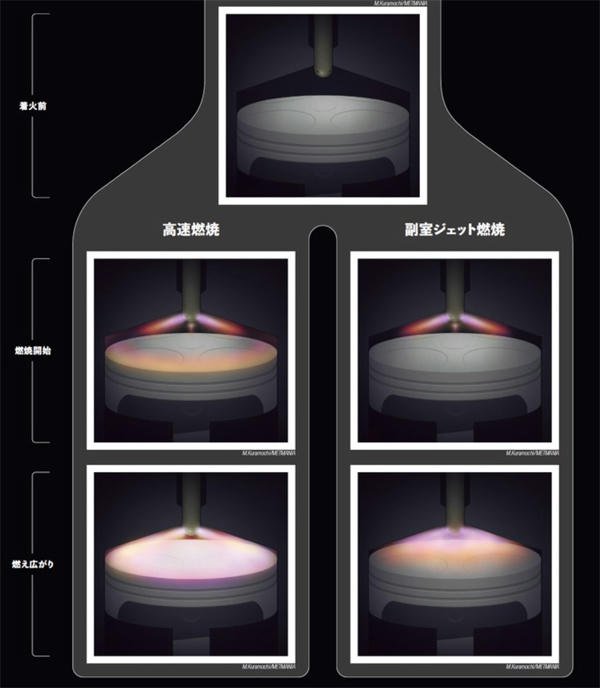I believe the requirements of TD in relation to the ERS are now encapsulated in the 2022 tech regs.
I’m not sure how these change “extra harvest” or any anti lag “trick”, but they are much more prescriptive than the original 2 sensor requirement which I believe could be gamed by phasing the ES and CU-K flows.a. OnesensormustbeconnectedtotheESnegativeDCpoletomeasureallelectrical energy into and out of the energy store.
The voltage sense wire must be connected to the dedicated measurement point on the ES positive DC pole sensor.
The sensor data will be made available to the Competitor.
b. OnesensormustbeconnectedtotheESpositiveDCpole.
The voltage sense wire must be connected to the dedicated measurement point on the ES negative DC pole sensor.
The sensor data will be available to the FIA only.
c. One sensor must be connected to the CU-K positive DC pole to measure all electrical energy into and out of the MGU-K
The voltage sense wire must be connected to the dedicated measurement point on the CU-K negative DC pole sensor.
The sensor data will be made available to the Competitor.
d. OnesensormustbeconnectedtotheCU-KnegativeDCpole.
The voltage sense wire must be connected to the dedicated measurement point on the CU-K positive DC pole sensor.
The sensor data will be available to the FIA only.
e. ForCU-KdesignswithmorethantwoDCpoles,sensorsmustbeconnectedtoeach additional DC pole.
The voltage sense wire must be connected to a dedicated measurement point on the CU-K positive or negative DC pole sensor.
The sensors data will be available to the FIA only.
f. One sensor must be connected to the CU-H negative DC pole to measure all electrical energy into and out of the MGU-H.
The sensor data will be made available to the Competitor.
g. OnesensormustbeconnectedtotheDC-DCconverterpositiveDCpoletomeasureall electrical energy consumed by the DC-DC converter.
The sensor data will be made available to the Competitor.
Electrical energy may not flow between consumers without being directly measured by one or more of the sensors previously listed. This must be guaranteed by design and verifiable by inspection.



